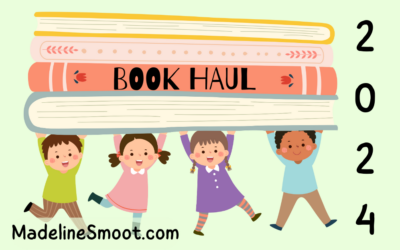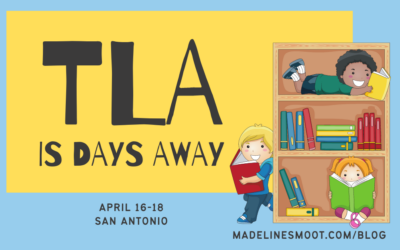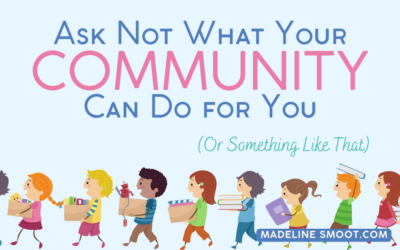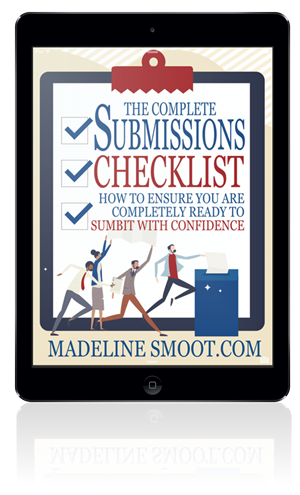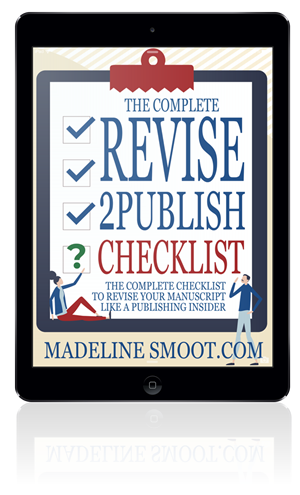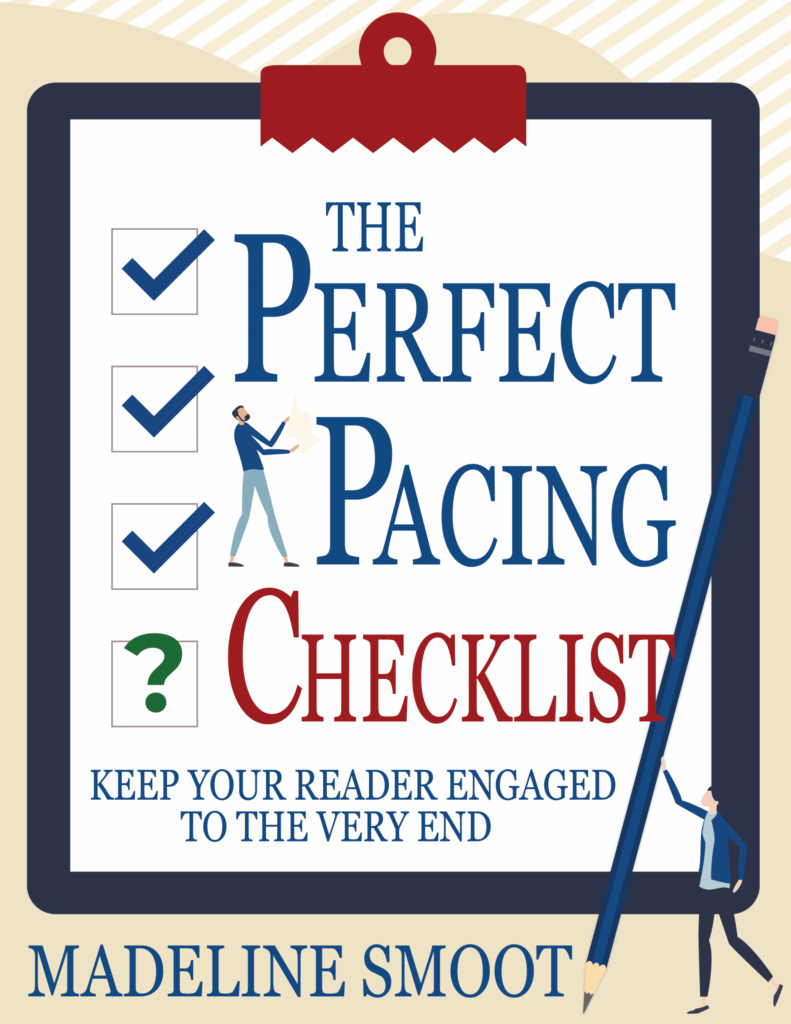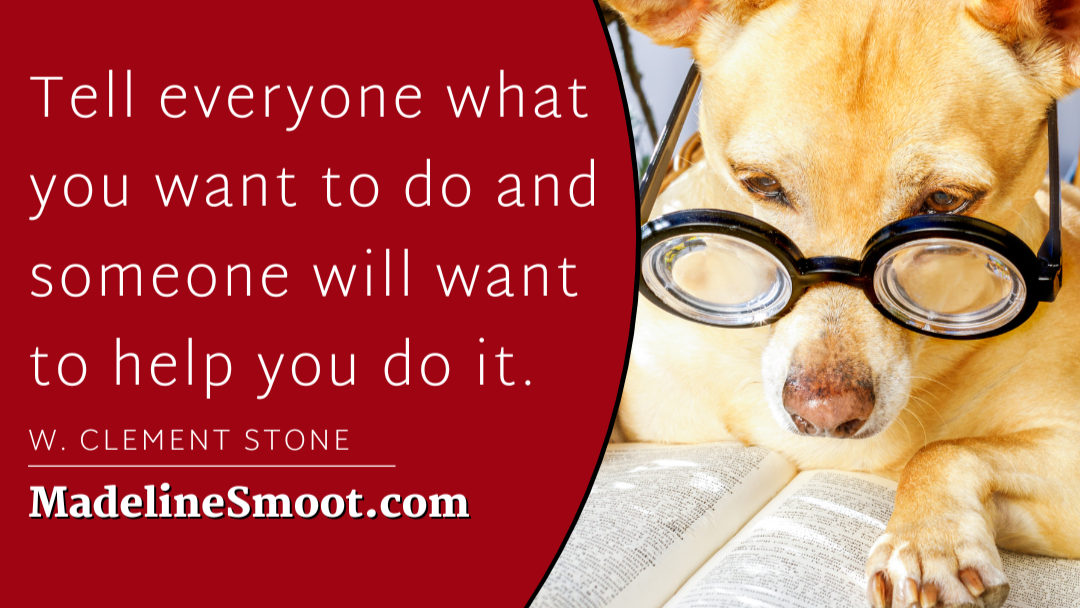Who is the real hero of your children’s book? The one that should triumph because their motivations are so just and pure. The one character that is usually so sure of themselves, nothing and no one can change their minds.
I’m of course talking about your villain.
Now, you and I both know that the villain of your work is not actually the hero. The villain is probably not going to learn and grow and solve the problem at the end of the day. Ten to one, the villain is the whole reason there is a problem in the first place.
But (and I’m sure you’ve heard this before), in the villain’s eyes, they ARE the hero of the piece. A tragic hero, yes, possibly even with a tragic flaw, but the hero striving from the purest of intentions.
And that motivation, that belief that they are in the right, THAT is what creates a compelling three-dimensional antagonist in a children’s book – one that is more than a maniacally laughing buffoon twirling his mustache while he revels in the chaos he’s wrought.
How do we do this? We give our antagonists the same thing we gave our main characters:
GOALS + MOTIVATIONS = THE CONFLICT
In fact, the conflict often occurs when the antagonist and the main character have diametrically opposite goals. Think Sauron and Frodo in the Lord of the Rings. One of them wants to possess and use the ring of power, the other wants to destroy it. Opposite goals that cause conflict.
So, when you start revising your children’s book, don’t forget to look at your antagonist’s goals and motivations when you are evaluating your main character’s.
· Do they both have compelling goals and motivations?
· Do they both have something at stake?
Because you can write the richest, most moving three-dimensional main character, but if you pit them against a two-dimensional caricature, the story will fall flat, something none of us wants to read.
Give those antagonists goals and motivations.
Make them the tragic hero of the story they tell themselves.
And watch your children’s book evolve from a simple story to a binge-worthy tale.
